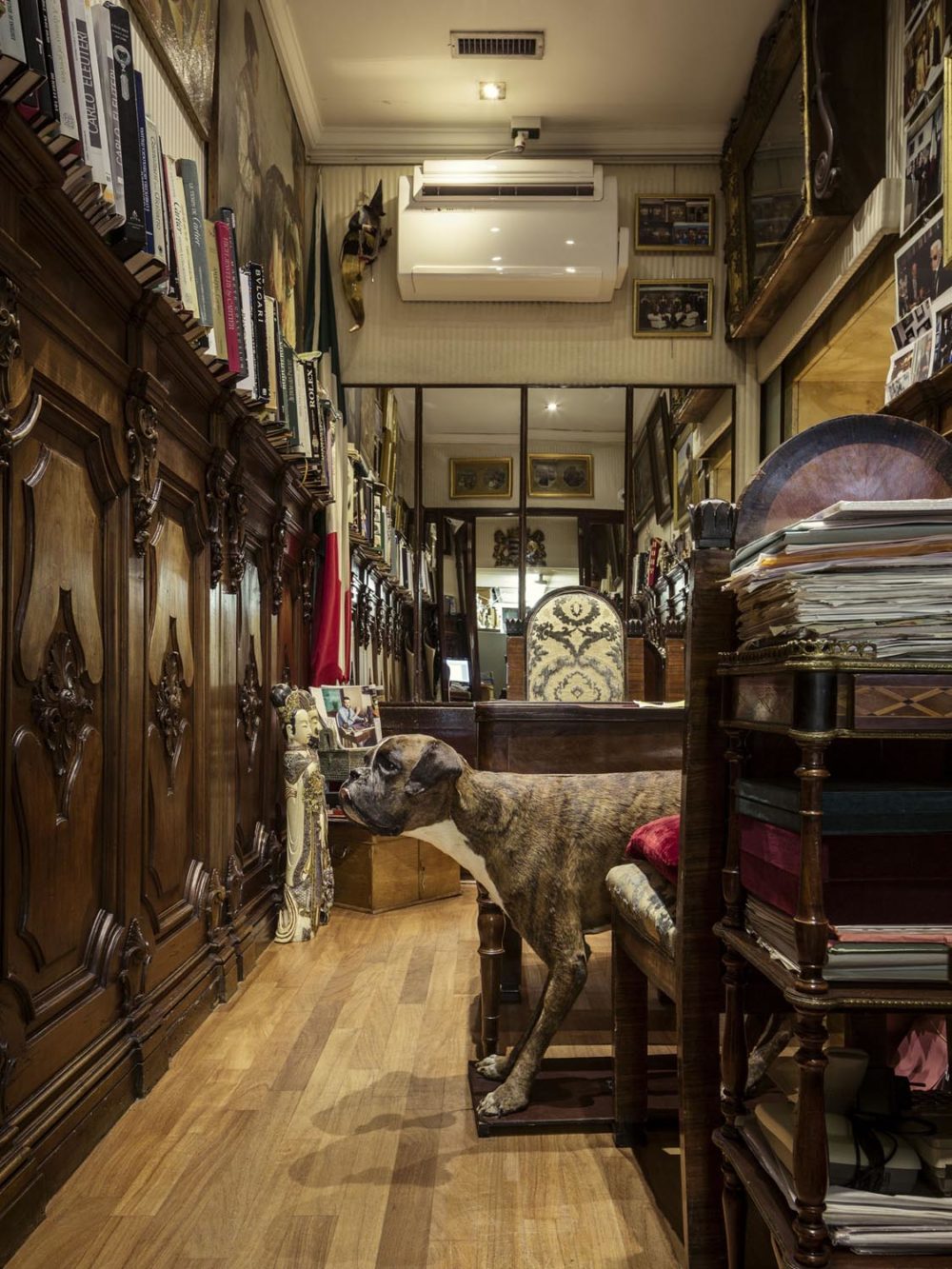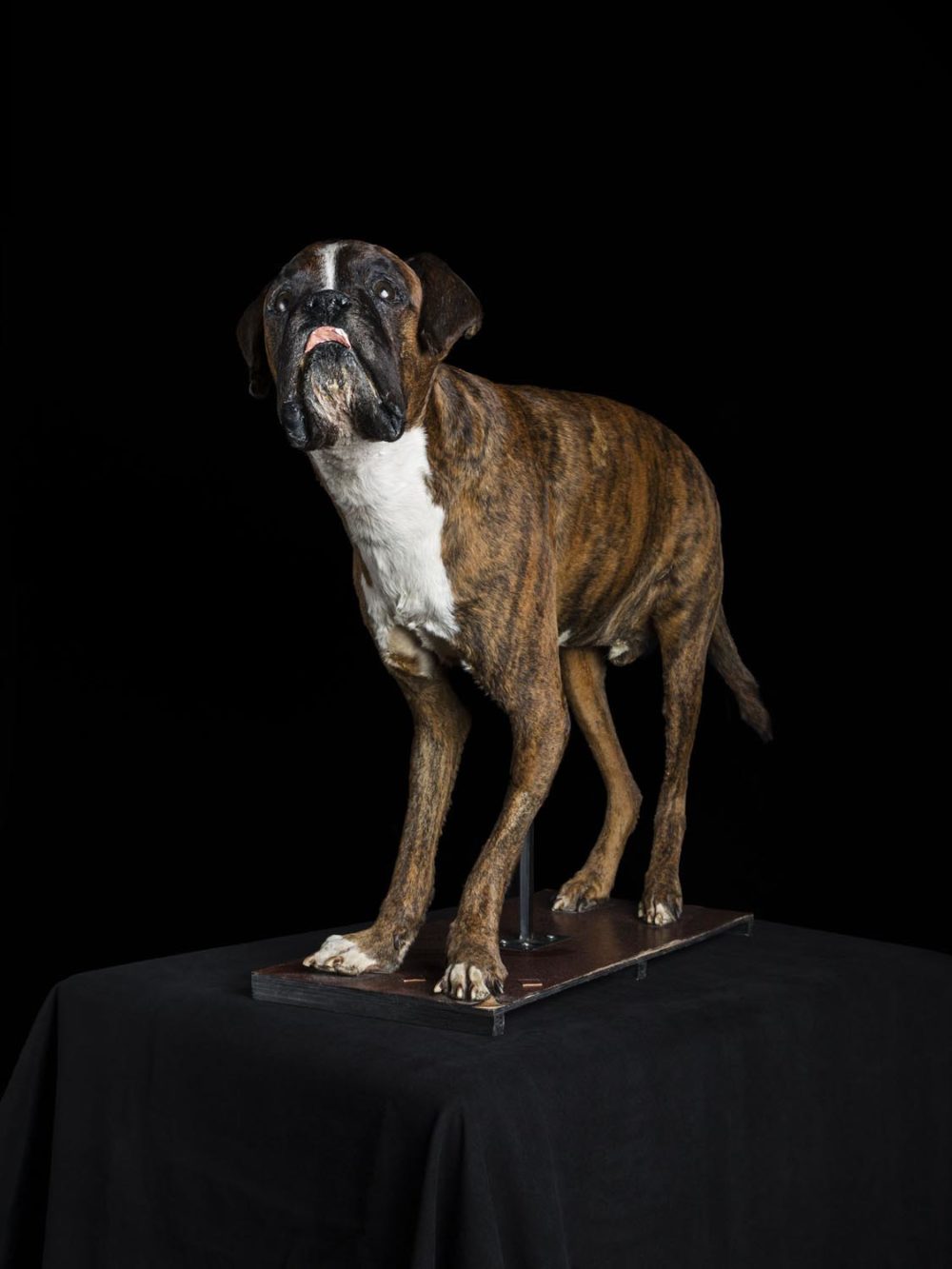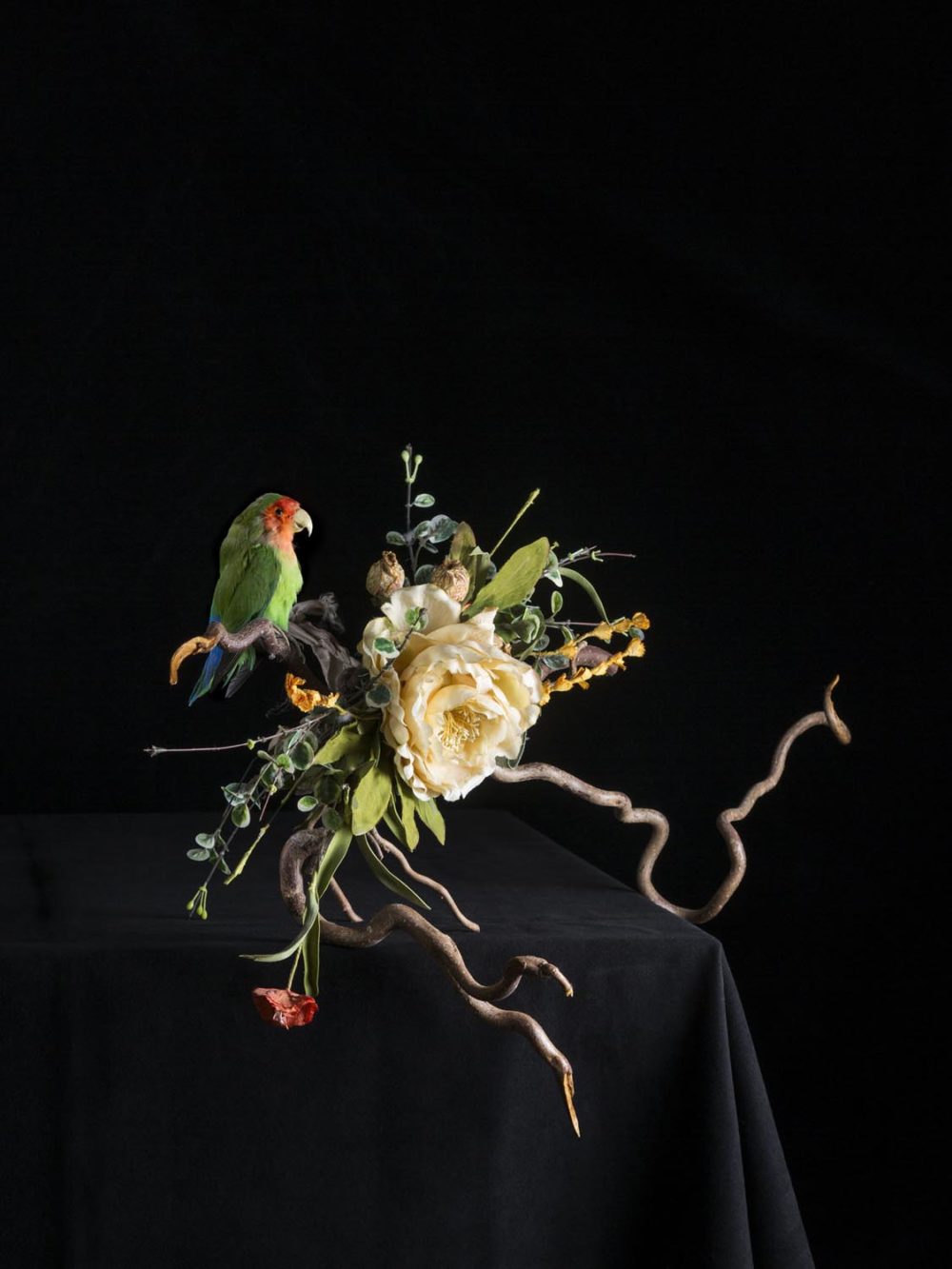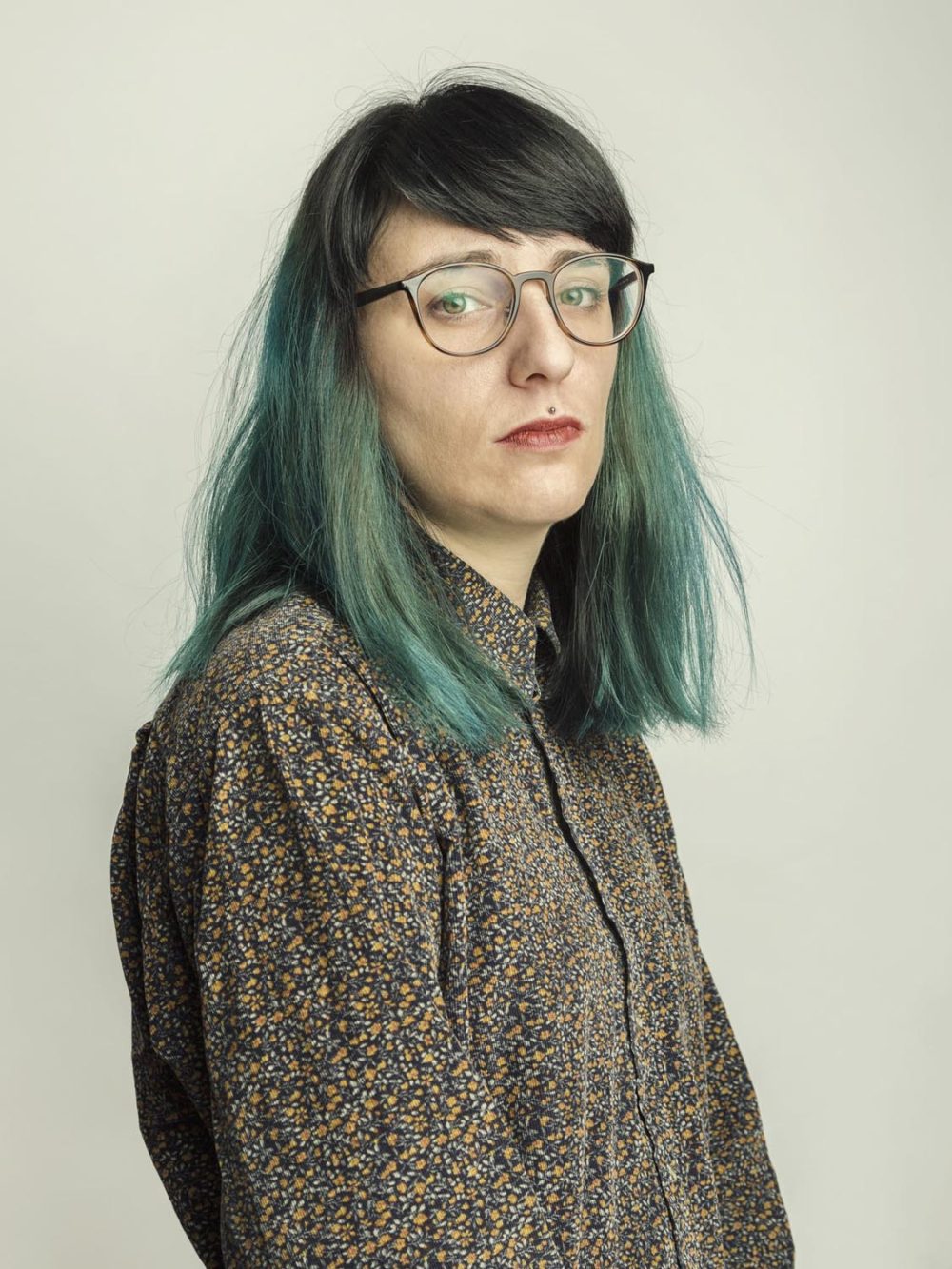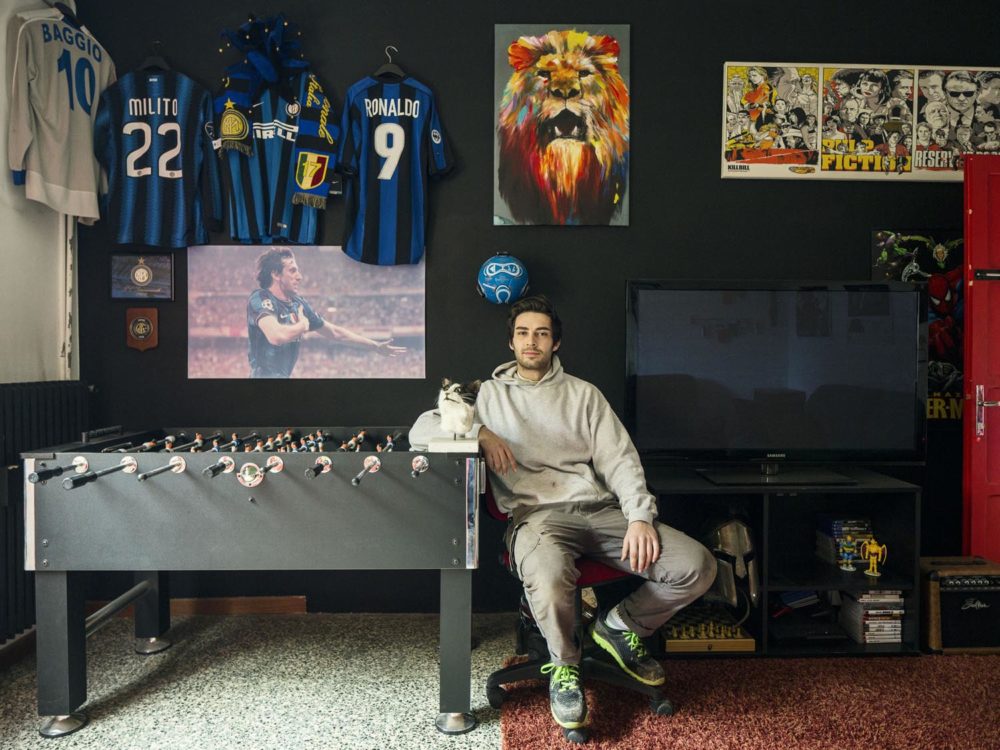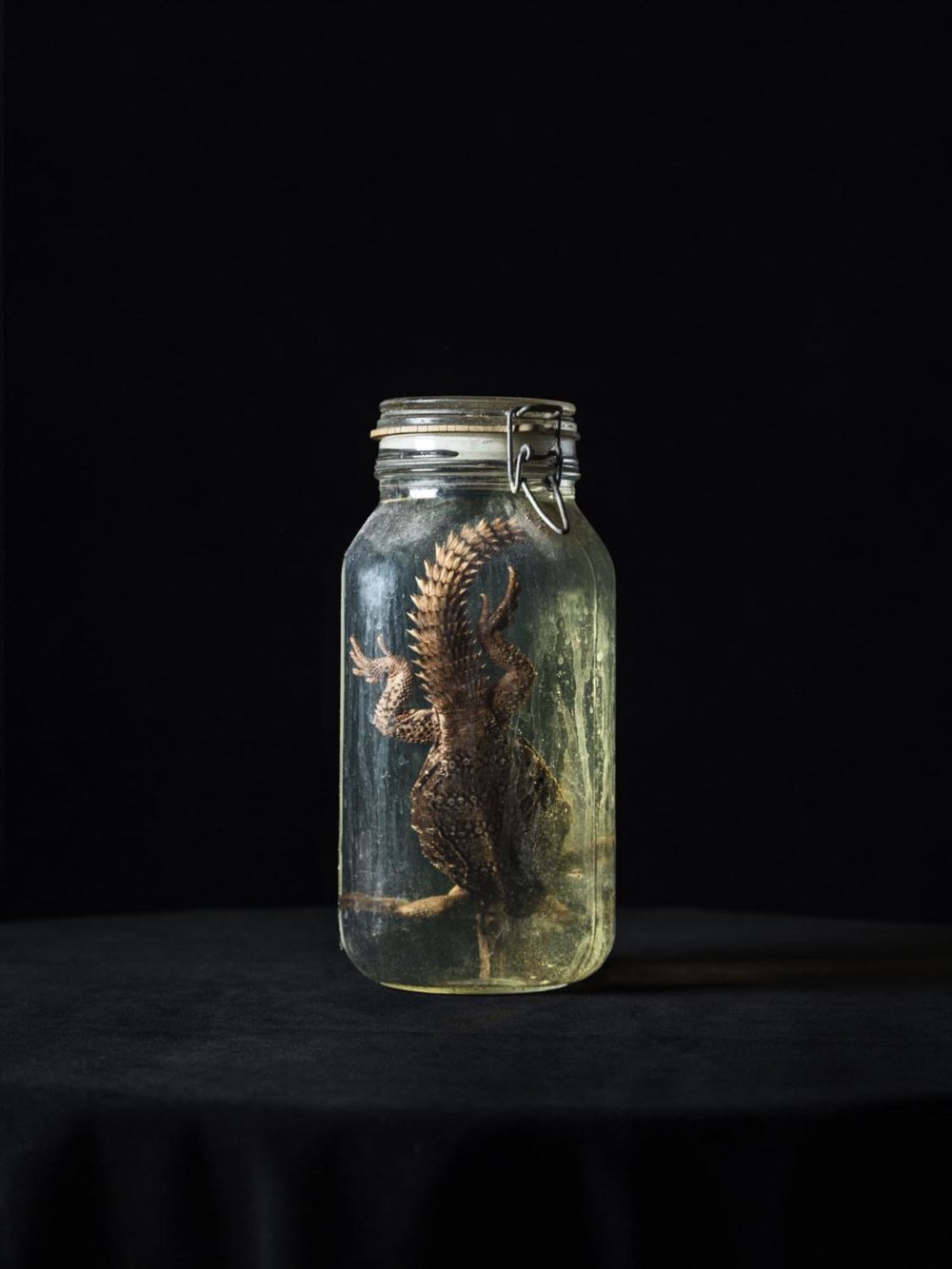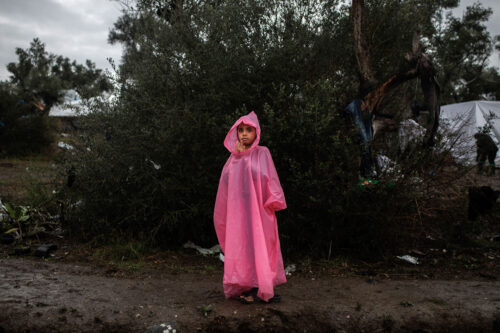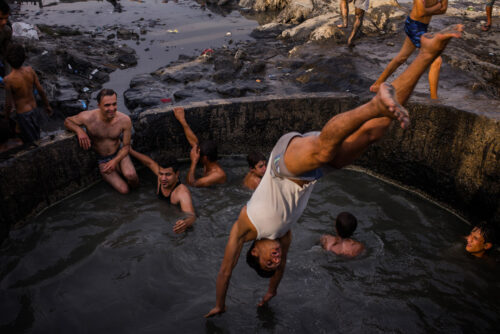Picture Series
Luca Rotondo Lares
The death of a beloved pet is a profound experience for any animal owner; it often leaves a tragic void in its wake. Particularly in times when more and more people live without partners or children, a pet – be it a cat or a dog, a parrot or a lizard – can be both friend and family member. Luca Rotondo travelled throughout Italy and encountered people who, for a variety of reasons, could not bear to be separated from their deceased pets. Therefore, they have had them embalmed, kept them at home in the form of skeletons or had them preserved in formaldehyde. The name of this photo project refers to the Roman lares, or household gods that protected the family. These statues embodied the souls of predeceased ancestors and were taken along whenever the family had to leave their home town. Like the lares, the preserved bodies of dead pets accompany their masters and mistresses through life: in the living room, the kitchen and even the office.
- Animals
- Bizarre
- Collecting
- Italy
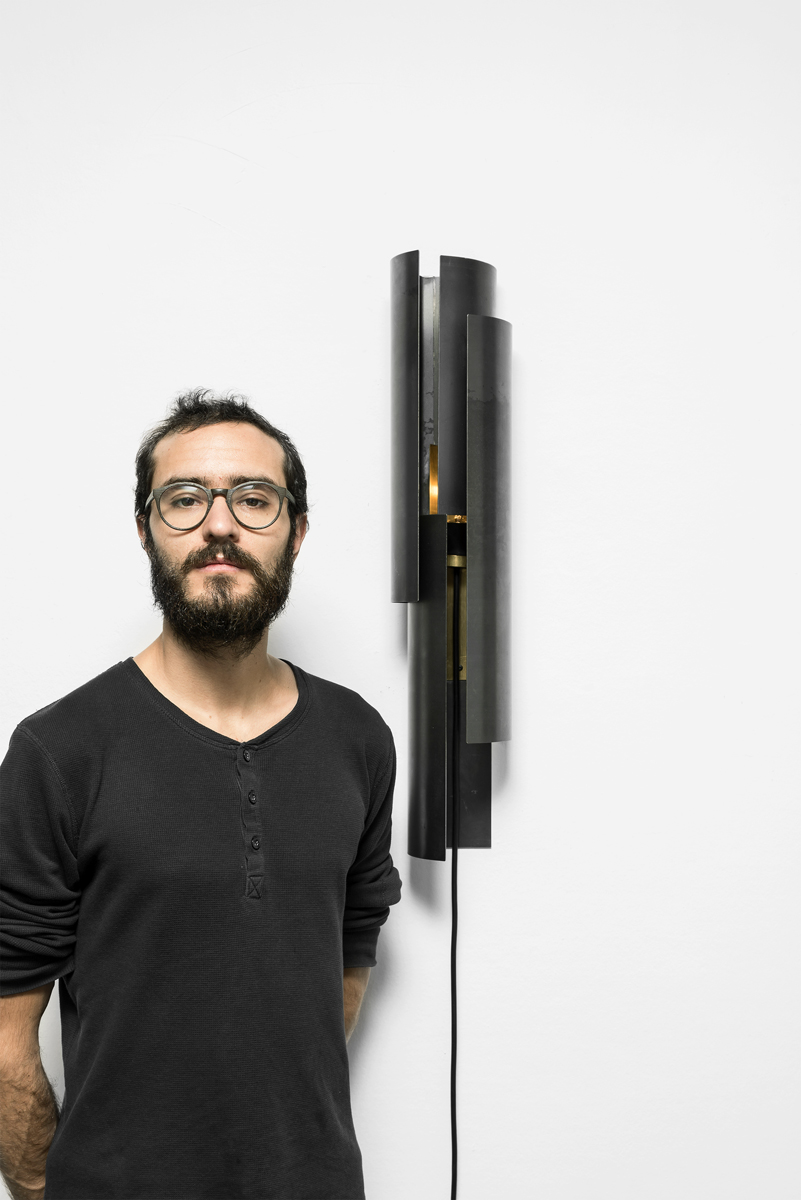
*1989 in Milan, Italy
After completing a programme in Economics, Luca Rotondo switched to Photography and studied at the Istituto Europeo di Design (IED) in Milan. His central topic is the visual exploration of landscapes and people, as well as their relationships, dialogue and interactions with the space surrounding them. Apart from his independent work and commissions, Rotondo has been teaching landscape documentation at the IED for several years.
